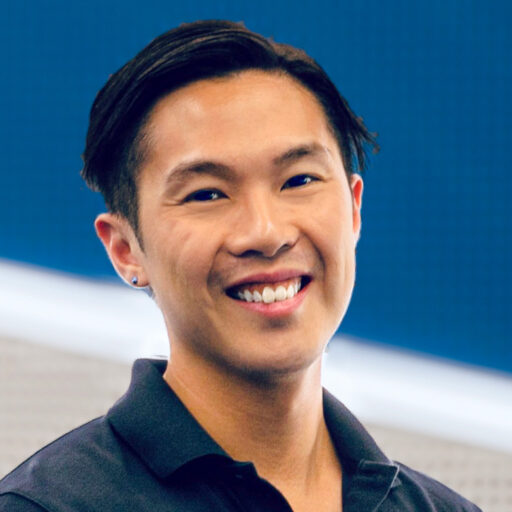It happened on the first day back from semester break. I walked into class expecting progress to show that the students had worked on their upcoming exhibition. I asked them to pin up their work. They just looked at me blankly, as if they hadn’t been told. But I did tell them. I had reminded them in the previous class. I had written it in the presentation. I had posted it again as a preparation task. Yet, they looked at me like it was new news.
In that moment, I nearly lost my cool. I wanted to shout: “What do you mean you don’t know?” But in today’s world of higher education, students are treated like customers. And the unspoken rule? Keep them happy. Even if it means letting go of what matters. I felt a physical urge to walk out of that classroom. Instead, I stayed. I smiled. I said it was okay that they hadn’t done the work. I faked calm. But inside, I was stunned, disappointed, and irked to even be there.
That night, as I lay in bed, it all unravelled. My mind kept looping the same thought: “When did teaching become cheerleading?” Then the bigger one: “Is this how it’s going to be for the rest of my career?”
The imagined scenarios spiralled. I questioned everything. Did I not do enough to make sure they remembered? Should I have reminded them three more times? Then, my inner critic scolded me, “You should have known better.”
And that’s the voice that tipped me over. That’s the voice that gave me the panic attack.
The cost of carrying more than you should
In that moment, I didn’t just feel like the class had failed. I felt I had failed. I hadn’t pushed hard enough. I hadn’t micromanaged their motivation. I hadn’t filled in their gaps. And the worse part of it all? I believed I had to.
That’s the problem with caring in a system where responsibility is blurred. You start to think your students’ engagement is a reflection of your ability. That their apathy is your failure. And suddenly you’re the one staying up late, spiralling about whether your entire teaching career will feel like this, like dragging people toward something they didn’t ask for but need.
The panic came from the contradiction. I know I’m doing more for them than they are for themselves. But I also feel like I’m not doing enough. I’m stuck between over-functioning and underperforming, depending on which voice I listen to.
When teaching feels invisible
The deepest cut came from this: I teach AI in design topics I believe will shape their future careers. I take the effort to learn new AI in design tools that appeared in the last 2 years, and I’ve poured this innovation into the curriculum. I’ve designed learning materials that put them at the forefront of their field.
And yet, they see little to no value in it.
But when students disengage, it makes me feel like what I teach doesn’t matter. And when that scene of disengagement keeps repeating, so does the inner message, which spirals into “I don’t matter”.
But I’m also aware of a hard truth, that not all students are at university to learn. Some are just here to pass, to tick the box and move on. That dissonance creates a slow grief for people like me who still believe that education is transformative.
Boundaries and burnout
The real boundary that broke was responsibility. Somewhere along the line, I crossed over from caring with students to carrying for them.
But it’s their project, their exhibition, their reputation. And yet, if it falls apart, it reflects on me.
That’s what made letting go feel impossible. In a system where my performance is evaluated by their outcomes, their failures become my professional risk. And in a sector already stretched thin, the last thing I had energy for was saving students from their own disinterest. I had hit the limit. Caring had become carrying. And it broke me.
What Now?
I’ve recovered, but I still don’t have a solution. Though I know I’m not alone.
Many educators are burning out not from too much content or admin, but from the emotional labour of caring in systems that don’t support it. From trying to inspire students who are too tired, too distracted, or too indifferent to meet us halfway. So here’s what I’m trying to remember:
Caring doesn’t mean carrying.
Teaching isn’t about saving students. It’s about creating a space where they can choose to show up. And sometimes, they won’t. That doesn’t make you a bad educator. It makes you human.

